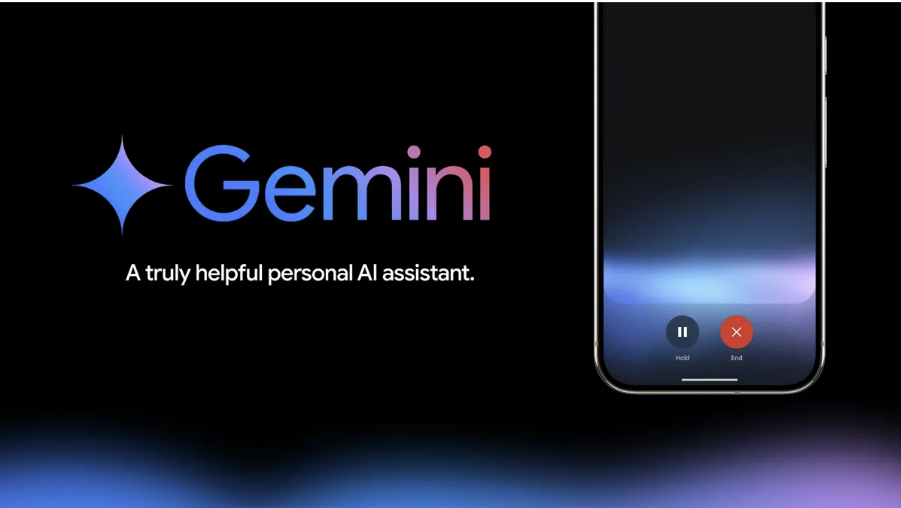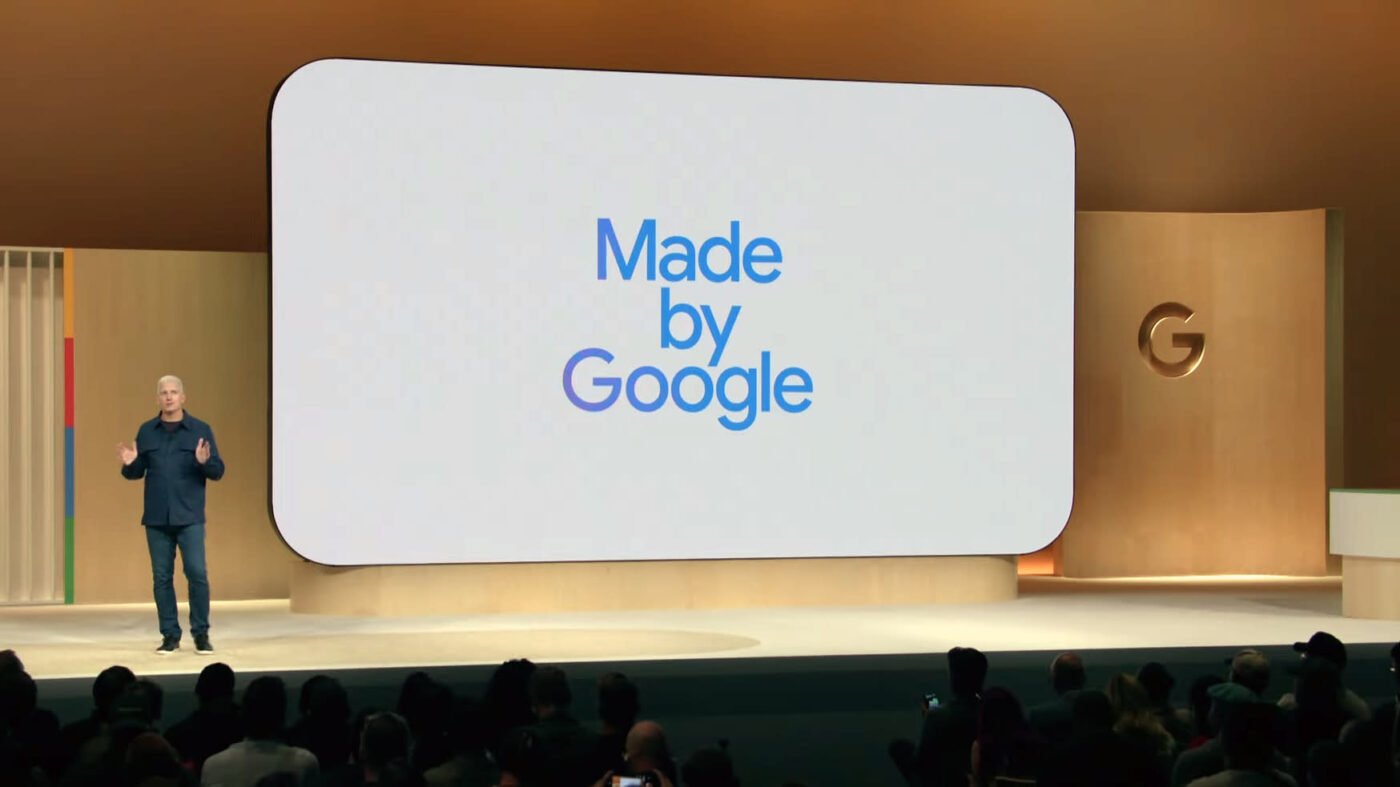Tech
Google Pixel 10 Series Launch: Google’s Biggest Leap Yet
Tech’s Biggest Party, Tomorrow’s Already Here
The countdown is over. On August 20, 2025, Google is turning the page on smartphone innovation with the launch of the Pixel 10 series. The New York stage is set for what promises to be more than just another product announcement—it’s shaping up to be one of the most ambitious “Made by Google” events to date. With not one, not two, but four new phones, plus refreshed wearables and accessories, the Pixel 10 launch is Google’s boldest attempt yet to prove that its devices can deliver the perfect blend of hardware, software, and artificial intelligence.
So, what exactly makes this year’s lineup so special? Let’s walk through the highlights, the surprises, and why the Pixel 10 series may finally push Google’s smartphone brand from cult favorite to mainstream powerhouse.
The Pixel 10 Family: Four Phones, One Vision
At the heart of the event is the Pixel 10 series, which introduces four devices: the standard Pixel 10, the premium Pixel 10 Pro, the oversized Pixel 10 Pro XL, and the futuristic Pixel 10 Pro Fold. Each device is tailored to a slightly different type of user, but together they make up Google’s most complete lineup to date.
The entry-level Pixel 10 is no longer the “basic” model. For the first time, even the standard version gets a triple-camera setup—yes, including a telephoto lens that was previously exclusive to the Pro tier. That alone is enough to shake up the market, especially for users who want flagship-grade photography without shelling out four figures.
The Pixel 10 Pro builds on that by packing in more advanced camera sensors, a brighter display, and Google’s signature polished software tricks. Meanwhile, the Pixel 10 Pro XL goes big—literally—with a massive screen designed for media lovers, gamers, and productivity power users.
But the show-stopper? The Pixel 10 Pro Fold, a foldable phone that finally seems ready to compete head-on with Samsung’s Galaxy Z series. And unlike its rivals, it’s rumored to be the first foldable to achieve IP68 dust and water resistance—a durability breakthrough that addresses one of the biggest complaints about foldable phones.
Tensor G5: A Smarter Heartbeat
Powering all four models is the Tensor G5 processor, built on TSMC’s 3 nm process. That’s tech speak for “smaller, faster, and more efficient.” Early benchmarks suggest that the Tensor G5 closes the performance gap with Snapdragon and Apple’s A-series chips while doubling down on what makes Pixel unique: artificial intelligence.
From voice recognition to photography enhancements, Google’s chips have always been tuned for AI first, raw power second. With the Tensor G5, the company is promising better battery life, faster responses, and on-device AI that feels more natural and intuitive than ever.
And this year, AI isn’t just a buzzword. It’s baked into nearly every aspect of the Pixel 10 experience.
Cameras: Google’s Secret Weapon
It wouldn’t be a Pixel launch without talking about cameras. Google built its smartphone reputation on computational photography, and the Pixel 10 series doubles down.
The base Pixel 10 now joins the big leagues with three rear lenses: wide, ultra-wide, and telephoto. The Pixel 10 Pro and Pro XL keep their high-end imaging systems but lean on software upgrades like improved night photography and sharper HDR. And the Pro Fold—despite its slim build—manages to fit in a flagship-level setup.
But what really pushes the Pixel 10 cameras ahead is AI. Google’s new “Speak-to-Tweak” feature allows you to edit photos with your voice. Want the sky a little bluer? The lighting a little warmer? Just say it, and the phone does the rest. Combined with real-time photo suggestions and AI-powered video stabilization, the Pixel 10 series is less of a camera upgrade and more of a creative assistant that fits in your pocket.
AI at the Core: Gemini Meets Pixel

While hardware matters, Google knows its real competitive edge is AI. This year, the Pixel series becomes the most visible showcase for Gemini, Google’s latest AI model.
With Gemini, your Pixel can do things like summarize long texts, translate conversations in real time, and even proactively suggest actions based on your habits. The AI is more conversational and feels less like a robotic assistant, making it genuinely useful in everyday scenarios.
One standout feature is the Pixel Sense Assistant—a next-generation evolution of Google Assistant that integrates deeply into Android 16’s Material 3 UI. Instead of fumbling through menus, you can just talk to your phone and get things done. It’s a subtle shift, but it positions the Pixel 10 series as the smartphone for the AI era.
Charging, Durability, and Displays: Everyday Upgrades That Matter
The Pixel 10 series isn’t just about flashy features. It also addresses some of the most practical pain points users have.
Take charging, for example. All Pixel 10 models support the new Qi2 magnetic standard, which means faster, more reliable wireless charging. Google is also launching Pixelsnap accessories, a magnetic ecosystem that clicks seamlessly into place. Think MagSafe, but Google’s version—complete with certified third-party accessories.
Durability also gets a boost. The Pixel 10 Pro Fold being IP68-rated is a game changer for foldables. No more dust sneaking into hinges or panicking when your phone gets caught in the rain. For traditional models, sturdier frames and Gorilla Glass upgrades keep things solid.
Then there’s the display technology. The Pixel 10 base model now supports adaptive 120 Hz refresh rates and boosts brightness up to 3,000 nits—perfect for outdoor use. Google has also improved PWM dimming, reducing eye strain during prolonged viewing. For binge-watchers and gamers, the Pro XL offers one of the largest and smoothest OLED experiences in the market.
Accessories: Watch, Buds, and More
The launch event isn’t just about phones. Google is also refreshing its ecosystem:
- Pixel Watch 4 comes in both 41 mm and 45 mm sizes, with improved battery life and more efficient side-charging.
- Pixel Buds 2a arrive as budget-friendly earbuds that still include active noise cancellation, taking on Apple’s AirPods SE.
These accessories round out Google’s ecosystem, making it easier than ever to go all-in on Pixel without feeling like you’re compromising.
Prices and Availability: Breaking Down the Numbers
So, how much will all this futuristic hardware set you back?
In the U.S., pricing is competitive:
- Pixel 10 starts at $799,
- Pixel 10 Pro at $999,
- Pixel 10 Pro XL at $1,199,
- Pixel 10 Pro Fold at $1,799.
Global pricing follows suit, though regions like Europe and India will see some markups due to taxes and import costs. Pre-orders open right after the August 20 event, with the first wave of devices shipping on August 28, while the Pro XL and certain accessories will roll out later in October.
For context, these prices undercut Apple’s iPhone lineup and land squarely in Samsung territory. That positions Pixel 10 not just as an “alternative” but as a serious competitor in the premium smartphone space.
Why the Pixel 10 Matters

Beyond specs and pricing, the Pixel 10 launch is significant because it represents Google’s clearest vision yet of where smartphones are headed.
Apple is still framing AI as a quiet background helper. Samsung is innovating on hardware but struggling to differentiate in software. Google, on the other hand, is putting AI front and center. The Pixel 10 is not just another phone—it’s a personal AI companion, camera wizard, and productivity partner all rolled into one.
And with the Fold model setting new standards in durability, Google is signaling that it wants to lead the next generation of phone design, not just catch up.
Final Thoughts: Should You Upgrade?
If you’re holding onto a Pixel 8 or older, the Pixel 10 series is a massive upgrade in every direction—cameras, AI, display, charging, and overall design. Even Pixel 9 owners may find the new features compelling enough to make the jump, especially if the Pro Fold’s durability proves as impressive as advertised.
But more than anything, the Pixel 10 launch feels like Google finally stepping confidently into its role as a true smartphone heavyweight. For years, Pixels have been loved by enthusiasts but overlooked by the mainstream. The Pixel 10 series has the hardware, the software, and the ambition to change that narrative.
So, mark your calendar, grab your popcorn, and tune into the livestream. The future of smartphones might just be spelled out in five letters: P-I-X-E-L.

